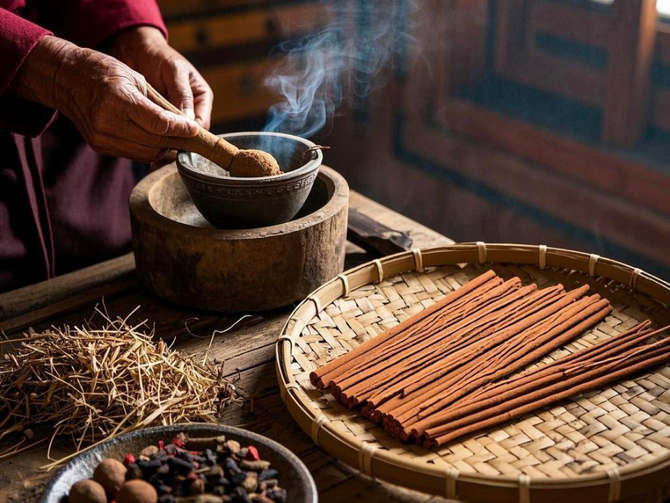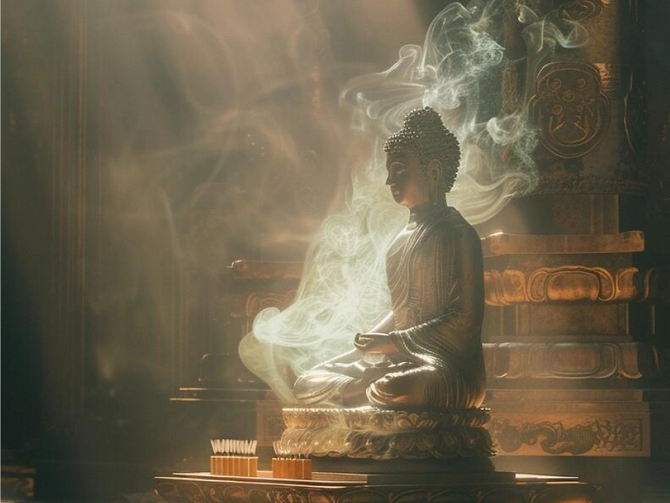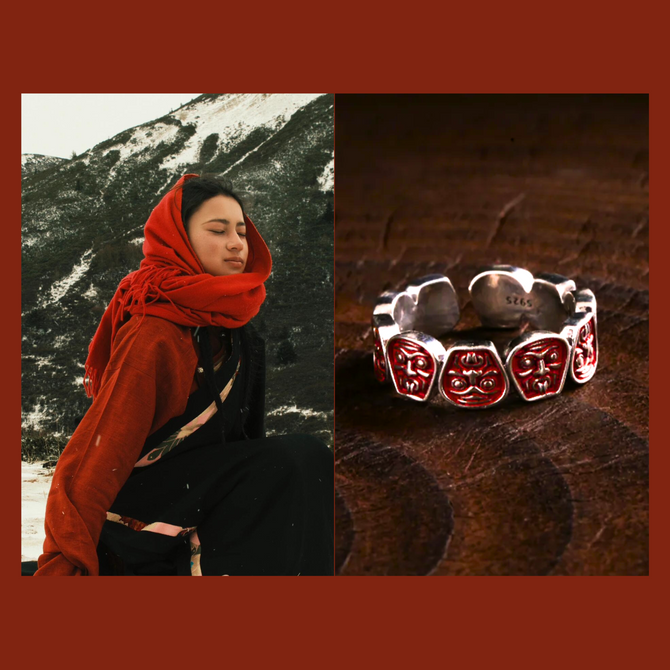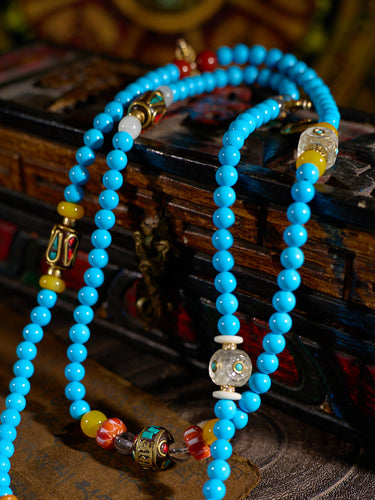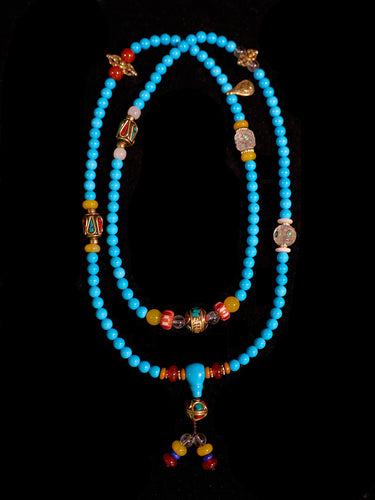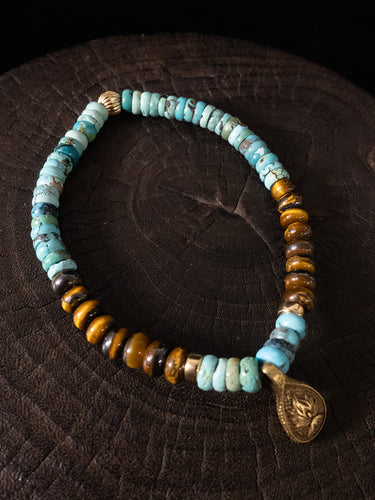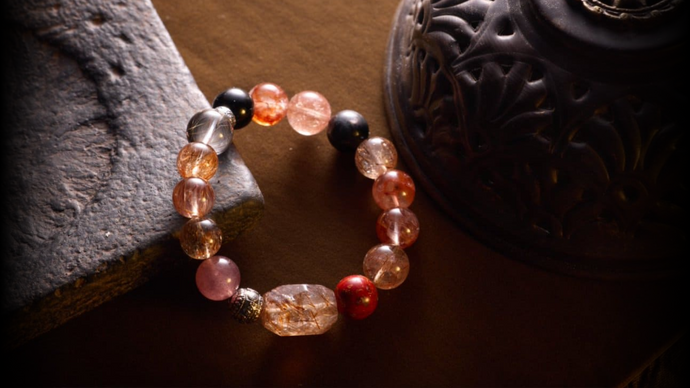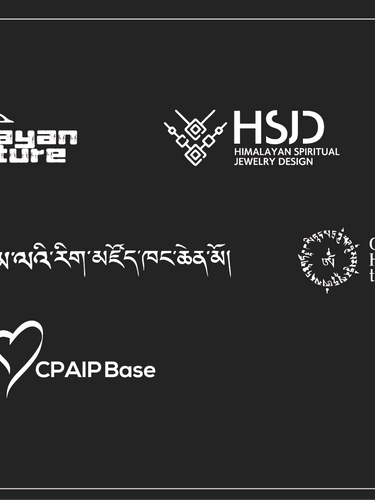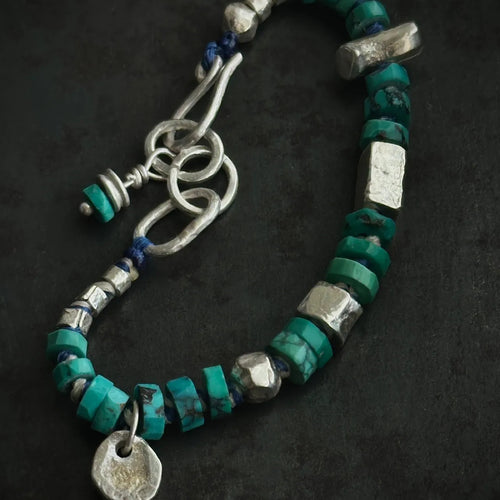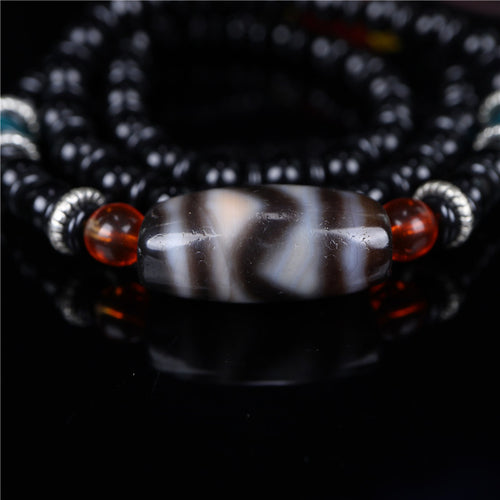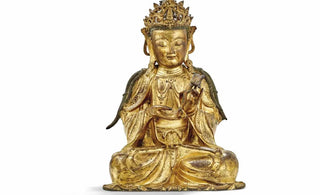
In the realm of classical Oriental art, the Sui Dynasty stands as a golden age of creativity and cultural refinement. Among its many remarkable artistic achievements, the Sui Dynasty gilt bronze Buddha statues hold a special place, captivating collectors, enthusiasts, and art lovers with their exquisite craftsmanship and spiritual significance. At Oriental Aesthetics, we take great pride in providing systematic, high-quality professional services for Oriental artists, collectors, and enthusiasts who appreciate and love classical Oriental art. In this article, we delve into the captivating world of Sui Dynasty gilt bronze Buddha statues, exploring their meticulous craftsmanship, spiritual symbolism, and enduring beauty.
I. The Legacy of the Sui Dynasty Gilt Bronze Buddha Statues
The Sui Dynasty, which reigned from 581 to 618 AD, left behind a profound artistic legacy that continues to captivate and inspire. Among its many artistic achievements, the Sui Dynasty gilt bronze Buddha statues stand as shining examples of the era's exceptional craftsmanship and cultural refinement. These statues, crafted with meticulous attention to detail, hold a significant place in the history of Oriental art.
During the Sui Dynasty, Buddhism flourished, and the creation of gilt bronze Buddha statues became a prominent artistic endeavor. These statues were not only masterpieces of aesthetics but also representations of spiritual devotion. Skilled artisans dedicated their time and expertise to fashioning these statues, using the lost-wax casting technique to achieve unparalleled precision and intricate detailing.
Numerous examples of Sui Dynasty gilt bronze Buddha statues have been discovered throughout China, showcasing the diverse styles and artistic expressions of the time. For instance, the famous "Gilded Bronze Seated Buddha" from the Sui Dynasty, currently housed in the Henan Museum in China, exemplifies the grace and elegance of these statues. This particular statue, measuring over two meters in height, showcases the Buddha in a serene meditative posture, radiating tranquility and enlightenment.
The legacy of Sui Dynasty gilt bronze Buddha statues extends beyond their visual appeal. These statues played a vital role in spreading the teachings of Buddhism and inspiring spiritual devotion. They were often placed in temples and monasteries, serving as objects of veneration and sources of inspiration for practitioners and devotees.Today, the surviving Sui Dynasty gilt bronze Buddha statues are treasured artifacts that offer a glimpse into the artistic achievements and spiritual practices of ancient China. Their presence serves as a testament to the rich cultural heritage and profound artistic sensibilities of the Sui Dynasty.
II. Meticulous Craftsmanship: The Artistic Process
The creation of Sui Dynasty gilt bronze Buddha statues involved a remarkable display of meticulous craftsmanship and an intricate artistic process. Skilled artisans of the time employed the lost-wax casting technique, which allowed them to achieve unparalleled precision and bring these statues to life with intricate details.
The artistic process began with the creation of a wax model. Highly skilled sculptors meticulously shaped the wax into the desired form, carefully capturing the serene expressions, graceful postures, and intricate hand gestures of the Buddha. Each delicate feature was meticulously crafted, reflecting the exceptional skill and attention to detail of the artisans.
Once the wax model was completed, it was then coated with layers of clay. The clay served as a support structure for the mold and created a negative space where the molten bronze would later be poured. The layers of clay were carefully applied, allowing them to dry and harden before proceeding to the next step.
After the clay had fully dried, the entire structure was heated. This process caused the wax to melt and drain away, leaving behind a hollow clay mold. The mold was then prepared to receive molten bronze.
Meticulous care was taken during the pouring of the bronze to ensure a flawless outcome. Skilled craftsmen poured the molten bronze into the hollow mold, allowing it to fill every intricate crevice and detail of the wax model. The bronze was left to cool and solidify, taking on the exact shape and form of the original wax model.Once the bronze had cooled, the mold was carefully removed, revealing the stunning gilt bronze Buddha statue. The statue was then meticulously polished, refined, and embellished with intricate details, such as the application of gold leaf or other precious metals to create the characteristic gilded appearance.These meticulous steps in the artistic process ensured that each Sui Dynasty gilt bronze Buddha statue was a testament to the craftsmanship and dedication of the artisans. The labor-intensive nature of the process and the attention to detail resulted in statues of exceptional beauty and precision.
III. Spiritual Symbolism and Iconography
Sui Dynasty gilt bronze Buddha statues were not mere artistic representations but also held deep spiritual symbolism and iconography. Every element of these statues was thoughtfully crafted to convey specific meanings and invoke a sense of spiritual transcendence.
The serene expressions on the faces of Sui Dynasty gilt bronze Buddha statues were carefully sculpted to radiate tranquility and inner peace. The calm and compassionate countenances of the Buddha symbolized the attainment of enlightenment and the embodiment of wisdom.The postures of the Buddha statues also carried symbolic significance. One commonly seen posture was the dhyana mudra, where the Buddha was depicted in a seated meditative pose with crossed legs and hands resting on the lap. This posture represented deep meditation and spiritual introspection, inviting viewers to contemplate their own inner journey.
The intricate hand gestures, known as mudras, added another layer of symbolism to the statues. Each mudra held a specific meaning and conveyed different aspects of the Buddha's teachings. For example, the Abhaya mudra, with the right hand raised and palm facing outward, symbolized fearlessness and protection. The Varada mudra, with the right hand extended downward and palm facing outward, represented compassion and the granting of wishes.The presence of halos or aureoles behind the Buddha's head was another significant element of Sui Dynasty gilt bronze Buddha statues. These radiant circles of light symbolized enlightenment and divine radiance, emphasizing the Buddha's transcendence of worldly suffering and his connection to the spiritual realm.
Examples of these symbolic elements can be found in notable Sui Dynasty gilt bronze Buddha statues such as the "Gilded Bronze Seated Buddha" from the Henan Museum. The serene expression, dhyana mudra, and halo behind the Buddha's head all contribute to the spiritual symbolism and iconography of the statue.
By incorporating these intricate details and symbolic elements, the artisans of the Sui Dynasty sought to convey the essence of Buddhist teachings and inspire spiritual contemplation. The spiritual symbolism and iconography of Sui Dynasty gilt bronze Buddha statues continue to resonate with viewers today, inviting them to explore the profound teachings of Buddhism and embark on their own spiritual journeys.
IV. Themes and Variations
Sui Dynasty gilt bronze Buddha statues encompassed a wide range of themes and variations, showcasing the diversity and artistic innovation of the era. Some statues depicted the Buddha in a seated meditative posture, known as the dhyana mudra, while others portrayed the Buddha in a standing or reclining position. Each variation conveyed different aspects of the Buddha's teachings and embodied unique spiritual qualities.
Despite the passage of centuries, Sui Dynasty gilt bronze Buddha statues have retained their timeless beauty and continue to captivate art enthusiasts around the world. The exquisite craftsmanship, delicate detailing, and serene expressions of these statues evoke a sense of spiritual tranquility and aesthetic harmony. Collectors and enthusiasts alike recognize the cultural and artistic significance of these masterpieces and eagerly seek to add them to their collections. At Oriental Aesthetics, we are dedicated to providing comprehensive services to Oriental artists, collectors, and enthusiasts who share our passion for classical Oriental art. With our deep understanding of the cultural and historical context, we offer expert advice, authentication services, and personalized guidance to ensure a rewarding and enriching experience. Our commitment to preserving and promoting the rich heritage of Oriental art drives us to provide the highest quality professional services for our valued clients.
In conclusion, Sui Dynasty gilt bronze Buddha statues represent the pinnacle of artistic achievement and spiritual symbolism. Their meticulous craftsmanship, enduring beauty, and profound cultural significance continue to inspire awe and admiration. At Oriental Aesthetics, we are honored to play a part in the preservation and appreciation of these remarkable masterpieces, connecting artists, collectors, and enthusiasts with the captivating world of classical Oriental art.


